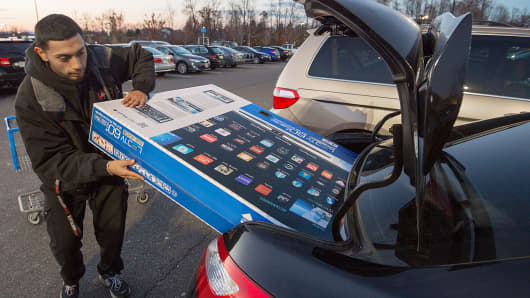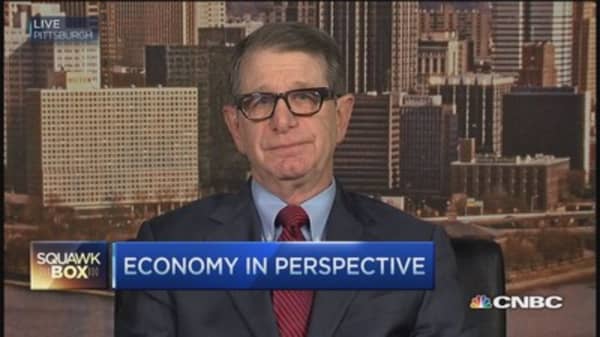Just in case you missed it: the U.S. economy is back.
After a long, dismal stretch last winter that saw gross domestic product shift abruptly into reverse, the latest government data shows the economy has bounced back sharply in 2014, and that momentum is expected to carry into next year.
The Commerce Department said Tuesday that GDP expanded at a surprisingly strong 5.0 percent annual rate in the third quarter—the fastest pace since the third quarter of 2003.





